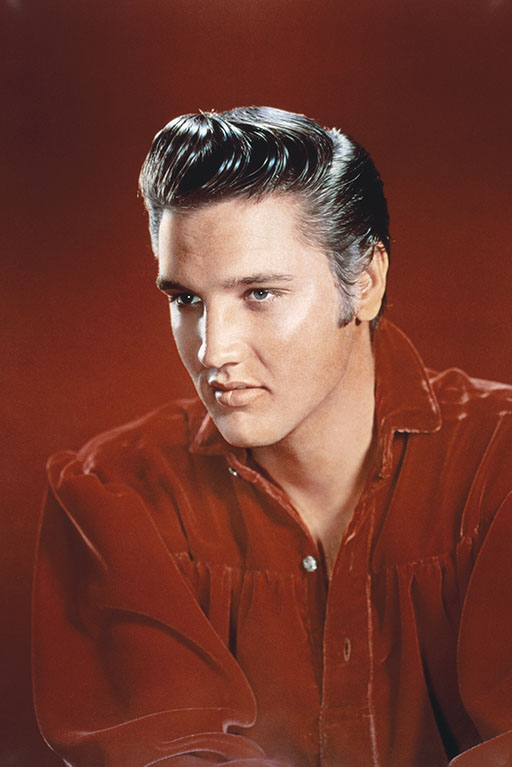2 The position of women in popular music
Many different genres of popular music flourished in the US during the 1960s. Rock developed rapidly, girl groups had a huge impact (particularly during the first half of the decade), Motown and soul were massively popular, folk music had a large following, and jazz continued to develop throughout the decade. The British Invasion – which is generally considered to have begun with The Beatles’ first US tour in 1964 – also had a huge impact on American popular music. Many of these popular music genres were intimately associated with the developing counterculture. The marginalised roles which had been ascribed to women within popular music in the 1950s continued throughout the 1960s, however. As musicologist Sheila Whiteley has noted, ‘both the counterculture and progressive rock were largely dominated by men who were reactionary in their attitude towards women’ (Whiteley, 2000, p. 51). This is well exemplified through Janis Joplin’s career.
Popular music became one of the most important forms of cultural expression in 1960s America. Beginning in the 1950s, post-war financial affluence created a generation of teenagers with disposable income to spend on records. Improvements in recording technology around the same time also made these easier and cheaper to produce. Developments in electronic instruments and mass production, meanwhile, made electric guitars and amplifiers attainable for teenagers, and electric guitar bands quickly became fashionable. Rock ‘n’ roll (or rock as it is often shortened to) was embraced with enthusiasm by American youth, and musicians such as Elvis Presley, Buddy Holly, Bill Haley and the Comets, and Chuck Berry became household names.

Right from the beginning, however, rock ‘n’ roll was very much male-dominated. As a genre, rock spoke directly to youth culture and became strongly associated with teenage rebellion. The profusion of male musicians within the genre has prompted Julie C. Dunbar to assert that: ‘Rock was more than music; it was a form of rebellion that spoke of sexuality from a male perspective’ (Dunbar, 2011, p. 177). She has further commented that the amplified, electric guitar-based, mainly male rock ‘n’ roll bands created:
A strong perceived connection between technology, electricity, and the male sphere […] most rock performers who were visible to the public were men who manipulated electronic instruments and equipment. Behind the scenes was a male-dominated industry of producers, songwriters, publishers, and recording engineers.
Male rock musicians, such as Jimi Hendrix (1942-1970), sang about love, sex, and relationships from positions of power and control, while the aggressive sound of the music, produced by amplified electric guitars, affirmed a dominating masculine sexuality. Women’s position within rock music has been particularly fraught and they were generally pushed into marginal or hidden spaces.
